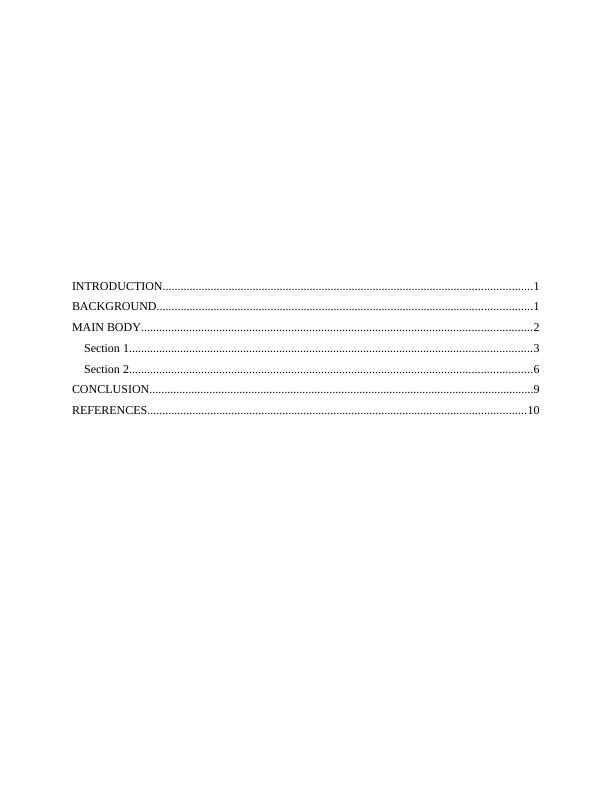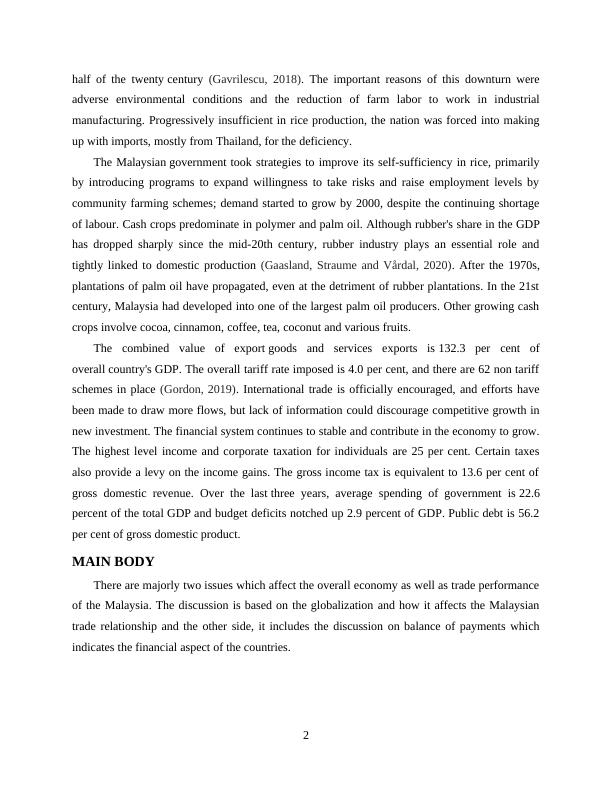Trade Performance
12 Pages3279 Words25 Views
Added on 2023-01-11
About This Document
This report discusses the trade performance of Malaysia, focusing on the impact of globalization on trade relationships and the balance of payments. It provides an overview of Malaysia's economy, its trade relationship with India, and the fluctuations in its balance of payments. The report highlights the importance of understanding these factors for a better understanding of trade performance.
Trade Performance
Added on 2023-01-11
ShareRelated Documents
End of preview
Want to access all the pages? Upload your documents or become a member.
Diploma in planting industrial management PDF
|7
|2453
|88
Malaysia’s Competitiveness in Palm Oil Industry
|16
|3337
|238
Macroeconomic Performance of Malaysia: Output, Labor Market and Price Level
|14
|2997
|496
(Doc) Introduction to Management: Assignment
|12
|3498
|355
Economy of Singapore: Unemployment, Inflation and GDP Analysis
|11
|2527
|206
Macroeconomics Assignment Sample
|17
|3243
|236




